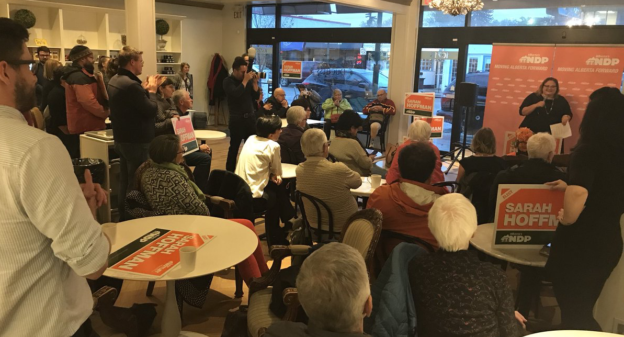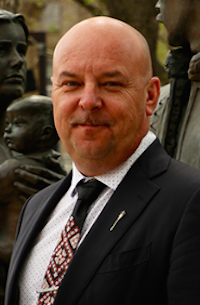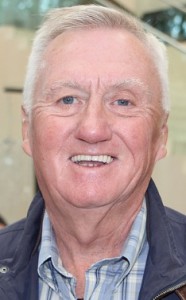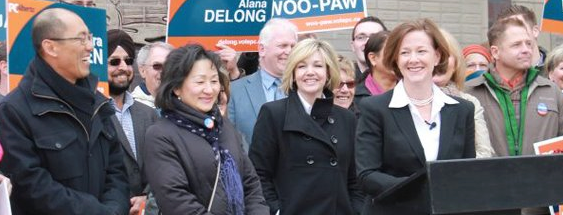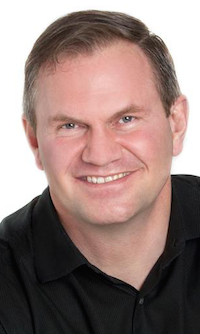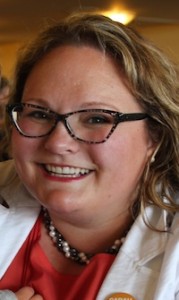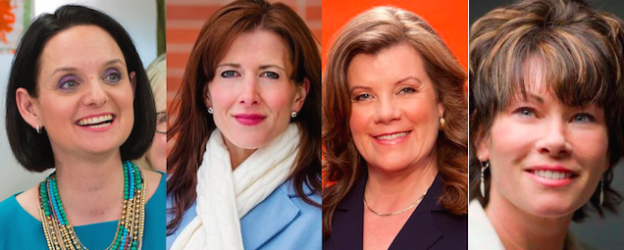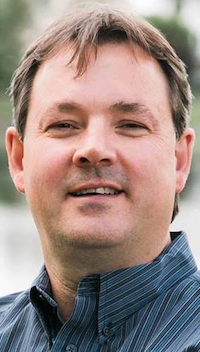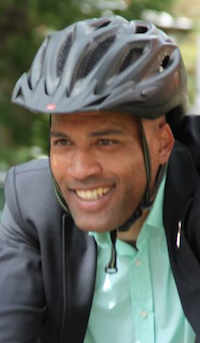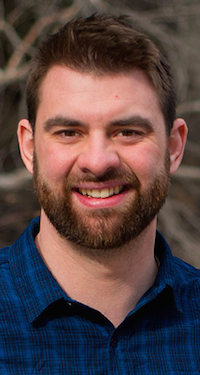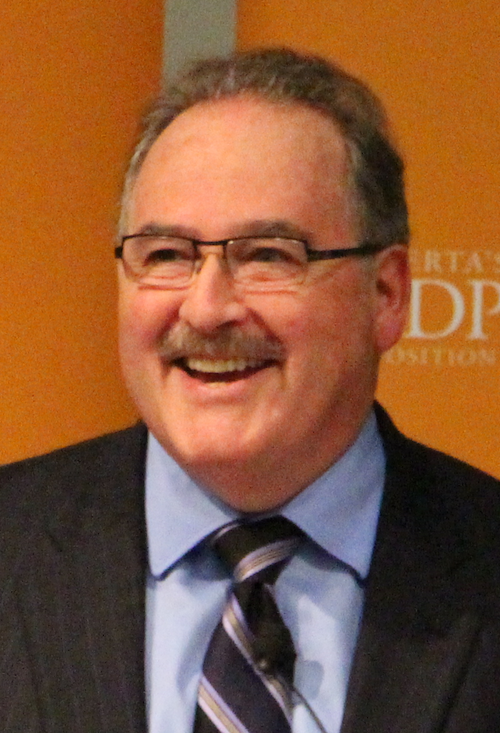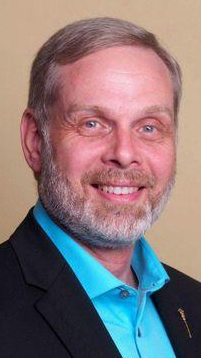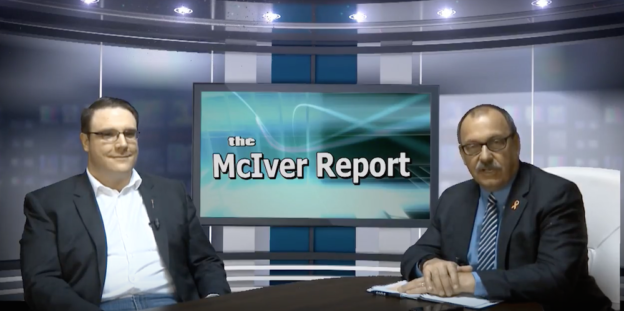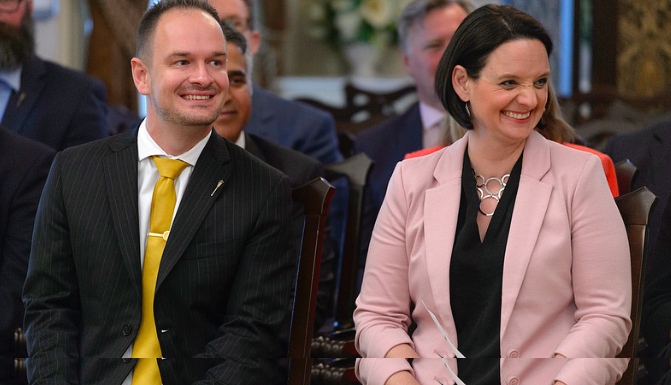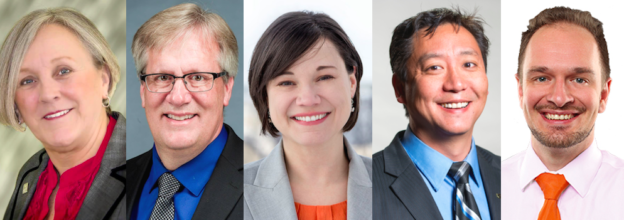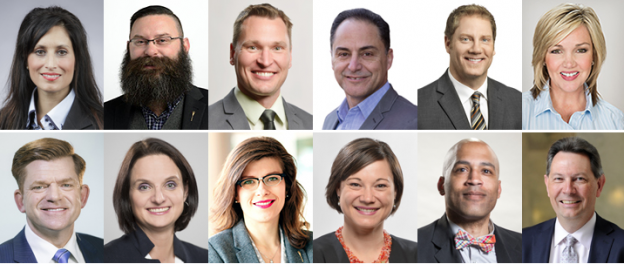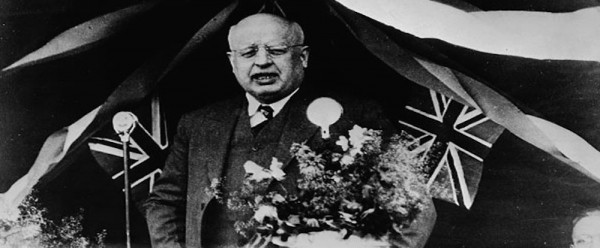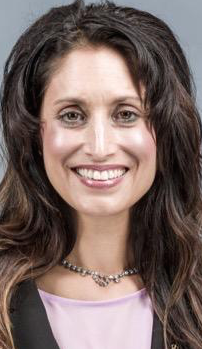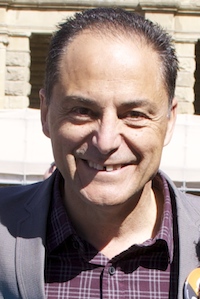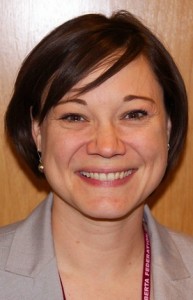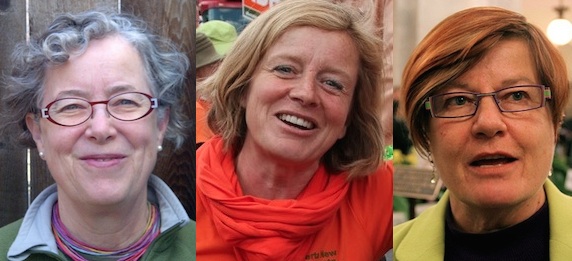Photo: Doug Schweitzer, Danielle Larivee, Travis Toews, and Mo Elsalhy.
Former United Conservative Party leadership candidate Doug Schweitzer defeated past city council candidate Chris Davis to secure his party’s nomination in Calgary-Elbow on September 13, 2018. As noted last week, Schweitzer is a lawyer who briefly considered running for the PC Party leadership in 2017 before dropping out and endorsing Jason Kenney. Only a few months later, he ran against Kenney for the UCP leadership, where he placed third with 7.3 percent of the vote. He served as CEO of the Manitoba PC Party from 2008 to 2009 and was manager of Jim Prentice’s campaign for the leadership of the PC Party in 2014.

Calgary-Elbow has a long-history in conservative partisan lore, having been represented by former premiers Ralph Klein and Alison Redford and past deputy premier David Russell, but it has also been a marginal district at times.
Klein only narrowly defeated Liberal Gilbert Clark in 1989 and the district would abandon the Tories for Liberal Craig Cheffins in the 2007 by-election to replace Klein. Redford retook the district for the PCs in 2008, but her disastrous tenure in the premier’s office certainly contributed to Alberta Party leader Greg Clark (son of Gilbert) winning in Calgary-Elbow in 2015.
Schweitzer will face Clark and likely New Democratic Party nominee Janet Eremenko in the 2019 election.
Danielle Larivee was nominated as NDP candidate in Lesser Slave Lake. Larivee was first elected in 2015 and currently serves as Minister of Children’s Services and Minister for the Status of Women. Before her election Larivee worked as a Registered Nurse in public health in northern Alberta.
Former president of the Canadian Cattlemen’s Association Travis Toews defeated Sexsmith town councillor Kate Potter to secure the UCP nomination in Grande Prairie-Wapiti. Toews had the endorsement of former Grande Prairie PC MLAs Walter Paszkowski and Everett MacDonald in this district currently represented by retiring UCP MLA Wayne Drysdale.
Registered Nurse Hannah Presakarchuk defeated Rafat Alam, Shaun Collicott, and Laine Larson to secure the UCP nomination in Edmonton-Rutherford.
Former Liberal MLA Mo Elsalhy was nominated as the Alberta Party candidate in Edmonton-South West and Marvin Olsen has been nominated as the Alberta Party candidate in Fort Saskatchewan-Vegreville.
Upcoming Nomination Meetings
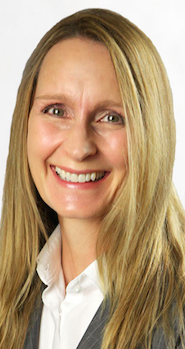
Former PC MLA Janice Sarich, past city council candidate Karen Principe, and real estate agent Gordon Reekie will compete for the UCP nomination in Edmonton-Decore on September 20, 2018.
Sarich represented this district from 2008 until 2015 when she was unseated by NDP candidate Chris Nielsen. Principe placed a strong third in the October 2017 city council race that saw incumbent councillor Dave Loken unseated by Jon Dzadyk. Reekie had previously been a candidate for the UCP nomination in the neighbouring Edmonton-Castle Downs before withdrawing from that contest before the vote was held.
NDP MLA Marlin Schmidt is expected to be nominated as his party’s candidate in Edmonton-Gold Bar on September 20, 2018. Schmidt was first elected in 2015, earning 68 percent of the vote in the 2015 election. He now serves as Minister of Advanced Education and will face a rematch against UCP candidate David Dorward, who Schmidt defeated in 2015 and placed a strong second against in 2012.
Edmonton-Gold Bar is a former Liberal Party stronghold, having been represented by party heavy-weights Bettie Hewes from 1986 to 1997 and Hugh MacDonald from 1997 to 2012, though support for the party collapsed to an abysmal 3.1 percent in the 2015 election.
Lacombe City Councillor Thalia Hibbs will challenge UCP MLA Ron Orr in a nomination contest in Lacombe-Ponoka scheduled for September 21, 2018. It was announced at a forum in Lacombe that nomination candidate Rita Reich has dropped out of the contest, though no reason was given.
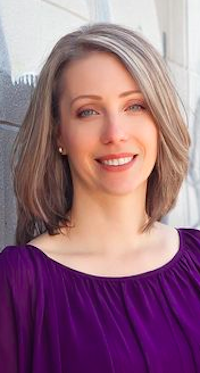
Orr was first elected as a Wildrose Party candidate in 2015, winning a close three-way contest between himself, New Democrat Doug Hart and PC candidate Peter DeWit. Orr currently serves as Official Opposition critic for Culture & Tourism and in November 2017, the former Baptist pastor suggested that the legalization of marijuana in Canada could lead to a communist revolution.
Hibbs has served on Lacombe City Council since October 2017 and previous to that served as a trustee with the St. Thomas Aquinas Catholic Schools from 2010 to 2017.
Four candidates are seeking the UCP nomination in Calgary-Glenmore: Christopher Grail, Whitney Issik, Michael LaBerge and Phillip Schumann.
Issik is a long-time party activist, having worked as a campaign manager for Jim Prentice’s brief run for the federal Progressive Conservative nomination in Calgary-Southwest in 2002, as a constituency assistant to former Calgary-Mountain View MLA Mark Hlady (who is now seeking the UCP nomination in that district), and as policy co-chair of the federal PC Party during the 2000 federal election. LaBerge is president of Channel Energy Inc. Schuman is an insurance company account executive and until July 2017 was the Media Coordinator for United Liberty, the political action committee created by now-Freedom Conservative Party MLA Derek Fildebrandt.
Maureen Zelmer had been seeking the UCP nomination in Calgary-Glenmore until it was revealed she had posted a series of Islamophobic comments on Facebook.
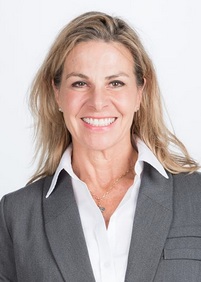
Past Wildrose Party candidates Kathy Macdonald and Jeremy Nixon are seeking the UCP nomination in Calgary-Klein on September 22, 2018. MacDonald is a retired Calgary police officer and was the Wildrose Party candidate in the 2014 by-election in Calgary-Foothills and 2015 Wildrose candidate in Calgary-Mackay-Nose Hill. She also ran for the Wildrose Party nomination ahead of the 2015 by-election in Calgary-Foothills. Nixon ran in this district under the Wildrose banner in 2012 and 2015. He is the brother of Rimbey-Rocky Mountain House-Sundre MLA Jason Nixon.
Macdonald is endorsed by former Calgary police chief and 2015 PC candidate Rick Hanson. Nixon is endorsed by Calgary Conservative MPs Michelle Rempel, Len Webber, City Councillor Sean Chu, and UCP MLAs Nathan Cooper, Todd Loewen, Angela Pitt and former UCP MLA Dave Rodney.
Deron Bilous is expected to be acclaimed for the NDP nomination in Edmonton-Beverly-Clareview on September 23, 2018. Bilious has represented this district since 2012 and was re-elected in 2015 with 73.8 percent of the vote. He currently serves as Alberta’s Minister of Economic Development and Trade. This district has deep NDP roots, having been represented by former city councillor Ed Ewasiuk from 1986 to 1993 and former party leader Ray Martin from 2004 to 2008.
Here are some of the latest updates to the list of candidates running for party nominations ahead of the 2019 Alberta provincial general election:
Camrose – Brandon Lunty is seeking the UCP nomination. Lunty was the Wildrose candidate in Calgary-South East in the 2015 election, placing third with 29 percent of the vote behind PC MLA Rick Fraser and New Democrat Mirical Macdonald.
Calgary-Falconridge – Christopher Steeves has withdrawn from the UCP nomination contest in this new east Calgary district. He served as a councillor with the City of Chestermere from 2005 to 2017.
Sherwood Park – Sean Kenny is the fourth candidate to enter the UCP nomination contest in this suburban Edmonton area district.
If you know any candidates who have announced their intentions to stand for party nominations, please send me an email at david.cournoyer@gmail.com. I will add them to the list. Thank you!


